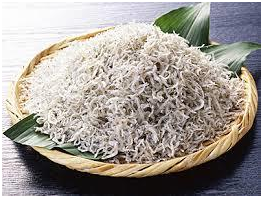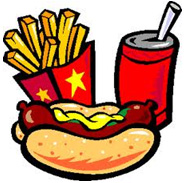
Difference between Shirasu and Chirimen
Shirasu fish refers to small whitefish, specifically boiled young katakuchi-iwashi (Japanese anchovy), ma-iwashi (Japanese sardine) and urume-iwashi (round herring). Dried shirasu is called “chirimen” because it resembles the chirimen crepe fabric made by a traditional Japanese tie-dye method.
Shirasu is given different names in different parts of Japan. It is called “kama-age” and “shirasu-boshi” in the Kanto region of Japan and “chirimen-jako” in the Kansai region.
About Shirasu
Shirasu fish (boiled whitebait) is a must ingredient in Japanese food because the calcium and protein in small fish benefits our bodies.
You can enjoy shirasu just by combining it over rice! Wild harvested shirasu is eaten by adults and children alike throughout the year.
Eat Shirasu !
It has been reported that the only nutrition the average Japanese is lacking today is calcium. shirasu fish and chirimen (boiled and dried whitebait) are wild harvested seafood rich in calcium.
Eating shirasu with vinegar, umeboshi (pickled plum), or citrus fruit helps transform calcium into a form that can be readily absorbed by the body. Taking calcium with vitamin D and K encourages calcium digestion.
Shirasu is rich in calcium and vitamin D, so use ingredients containing vitamin K, such as spinach, komatsuna (Japanese mustard spinach), mizuna (Japanese potherb mustard), shungiku ( chrysanthemum leaves), daikon (Japanese radish) and natto (fermented soybeans) to prepare a delicious shirasu dish.
Shirasu is highly nutritious and contains a lot more nutrition than one might expect from such a small fish. It provides an excellent solution to calcium deficiency. Shirasu also contains a lot of DHA (docosahexaenoic acid), so it softens the brain cell’s membranes and effectively boosts one’s learning ability. Eating delicious shirasu every day will make bones stronger and bodies healthy, and it will make your brain work better. Why not start eating shirasu today?
【Reference】






